If you have a child who presents with final consonant deletion, you are likely considering your options on not only HOW you will treat this pattern but WHAT type of intervention or approach is most suitable to them.
Before I share four different ways to target final consonant deletion, you need to consider that every child is different, and some children are better suited to different intervention approaches and cues.
Tips for treating final consonant deletion:
TEACH THE RULE FIRST
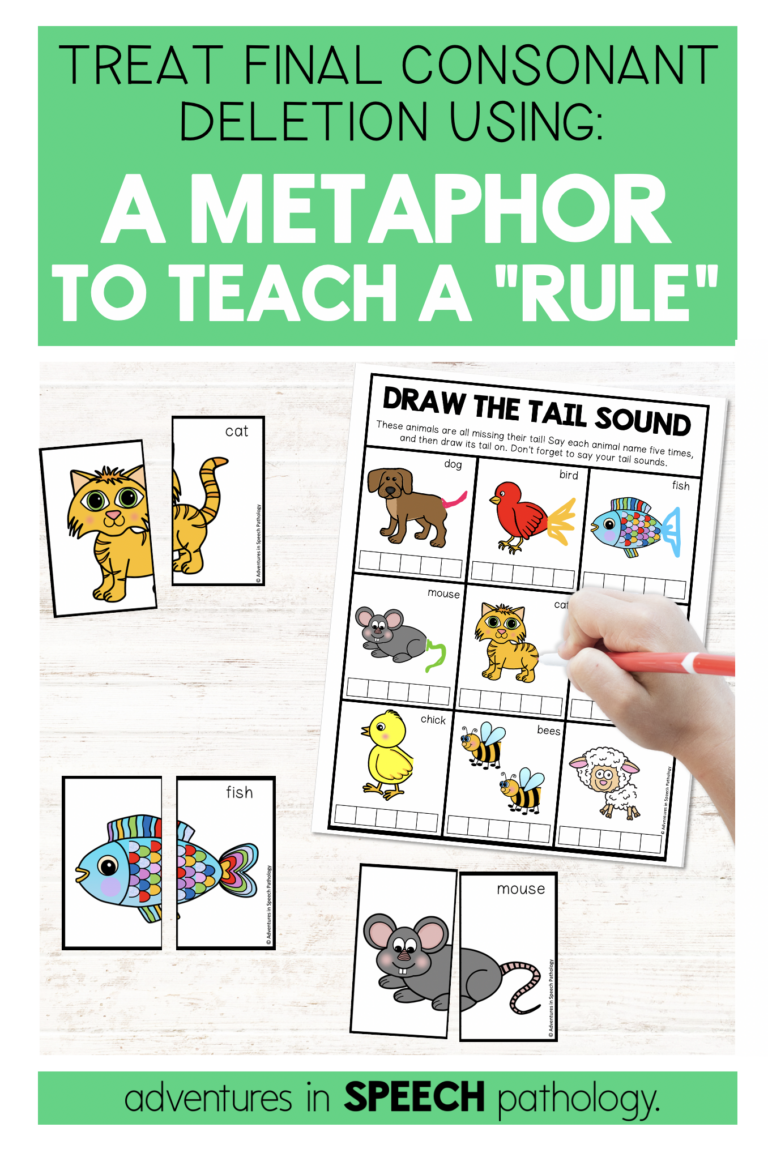
Our students are often quite young when we typically treat this pattern. So it can be hard for them to “think” about their sounds and understand that what they are saying doesn’t make sense because it most likely does to them!
I like to relate our speech errors to something that makes sense to the child.
I explain that just like some animals have tails, so do our words. They have sounds, or “tails”, at the end that we need to say. For example, a fish without a tail would look a bit funny, just like saying “fi__” without a tail sound at the end of the word would sound funny.
Some children can apply this rule to their speech quite quickly; however, other children may benefit from additional practice using a specific therapy approach (listed below).
USE THE MINIMAL PAIRS APPROACH
This is my go-to therapy approach because not only is it backed by strong evidence, but it really encourages the child to be an active participant in the therapy process and say their words correctly so that the adult knows what the child means.
1. Reading the child a story to help them understand the rule
2. Providing auditory discrimination tasks so that you know that they can perceive and hear the difference between words such as “bow” and “boat”.
3. Including “tail sound” cue cards and therapy activities to help the child make sense of the therapy
4. Containing minimal pair cards to use in therapy.
LOOK AT THE MINIMAL PAIRS TOOLKIT
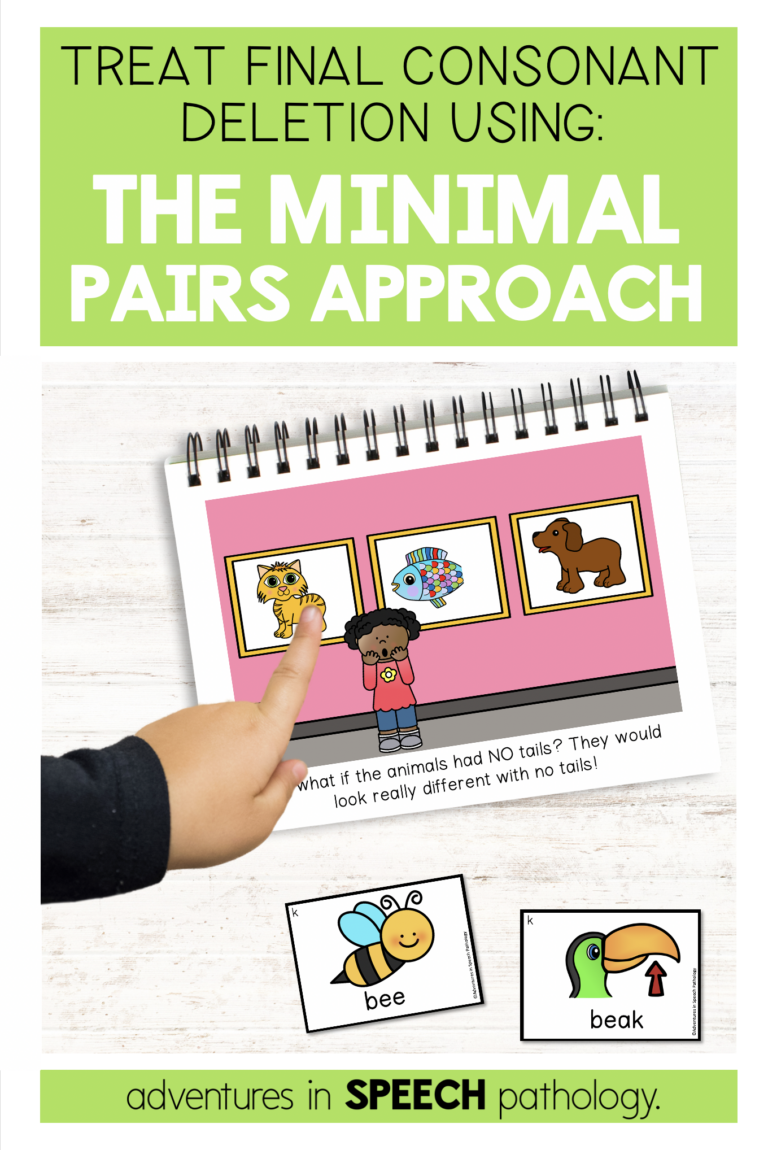
USE THE CYCLES APPROACH
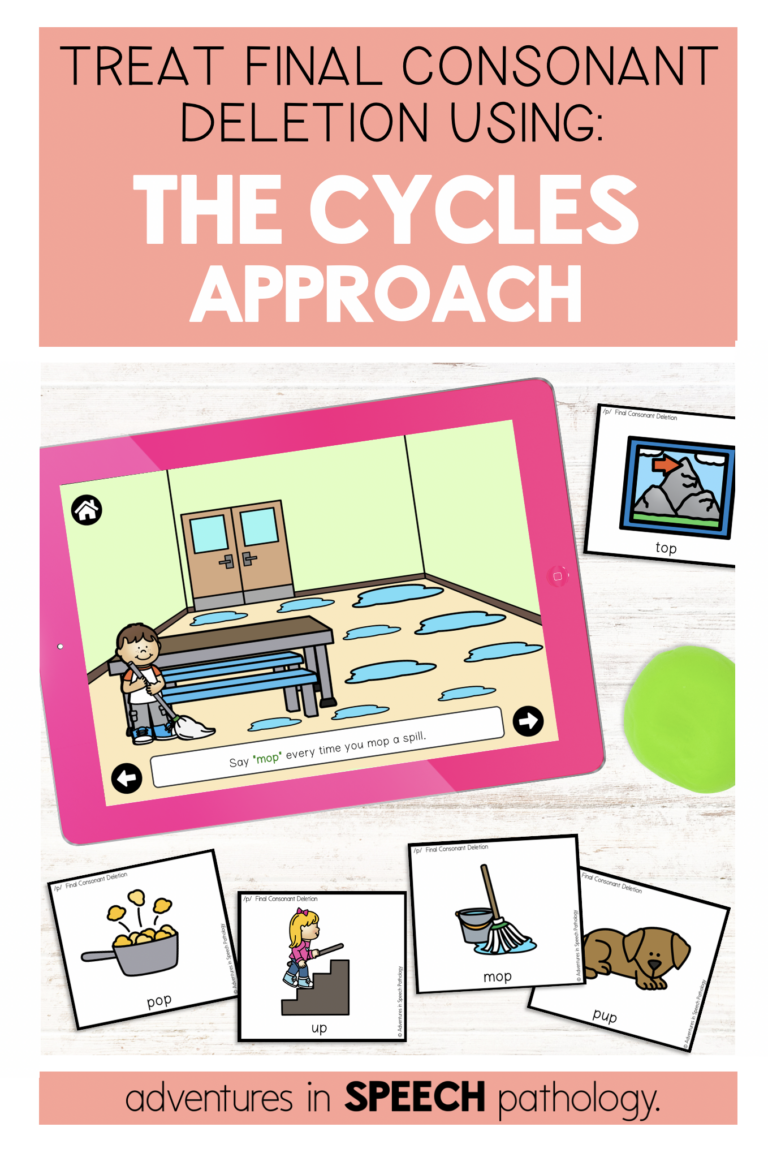
The cycles approach is one that I consider choosing for a child who is highly unintelligible and has many error patterns.
Because each week we only target ONE sound at the end in five words (e.g., eat, wet, pot, boat, and hat for final ‘t’), I choose this approach for children who need extensive practice, have to be stimulable for the sound, and sometimes very new to therapy or who need to experience a lot of success to participate.
Targeting one sound in a session (cycles approach) is much less challenging than contrasting up to five different sounds (multiple oppositions), or even being asked to contrast one pair at a time (minimal pairs).
You need to consider your student, their temperament and personality, and your “big picture” goals for that student when choosing an intervention for speech therapy.
USE MULTIPLE OPPOSITIONS
For children who are resilient and engaged in therapy, I consider targeting multiple contrasts at once. By carefully selecting targets with different place, voice, and manner characteristics, your child may be able to generalize to OTHER sounds that have the same properties without you needing to teach them!
An example of this is the child contrasting:
moo vs. mood, moose, moon
tea vs. teeth, tease, teach, team
bee vs. beep, bead, bees, beach, bean
Look at the Final Consonant Deletion with Multiple Oppositions resource if you want to target multiple sounds simultaneously.
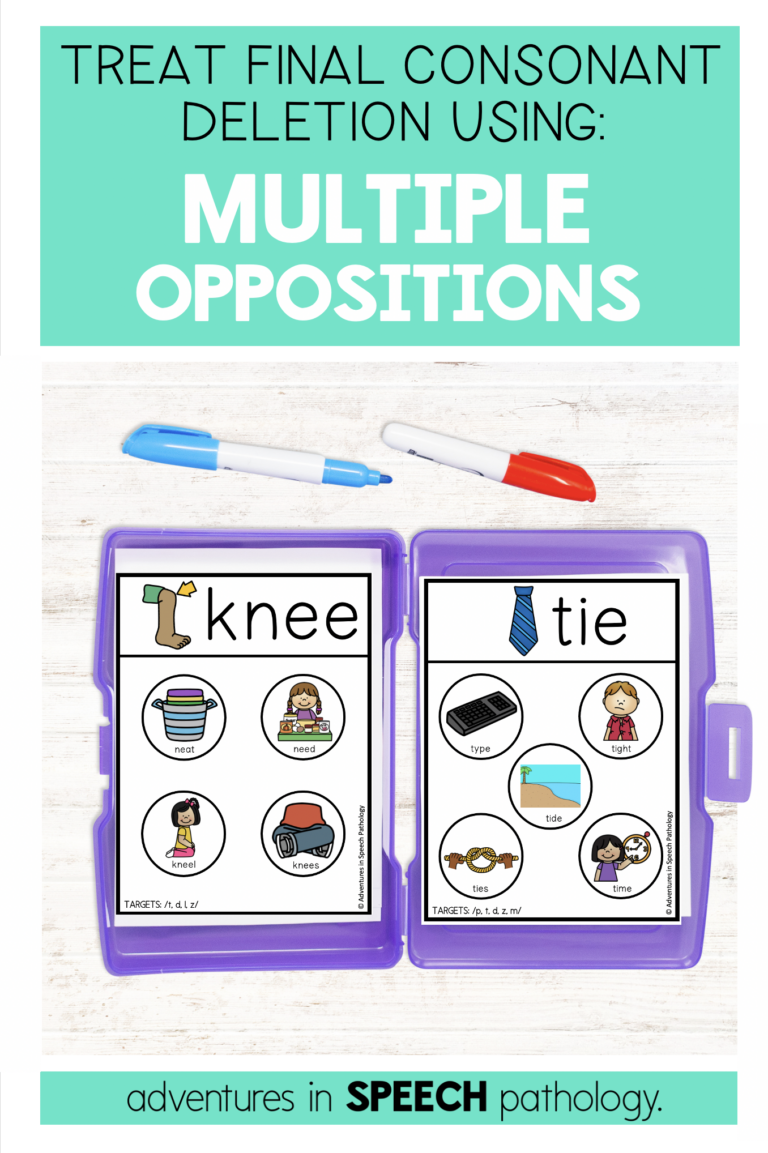

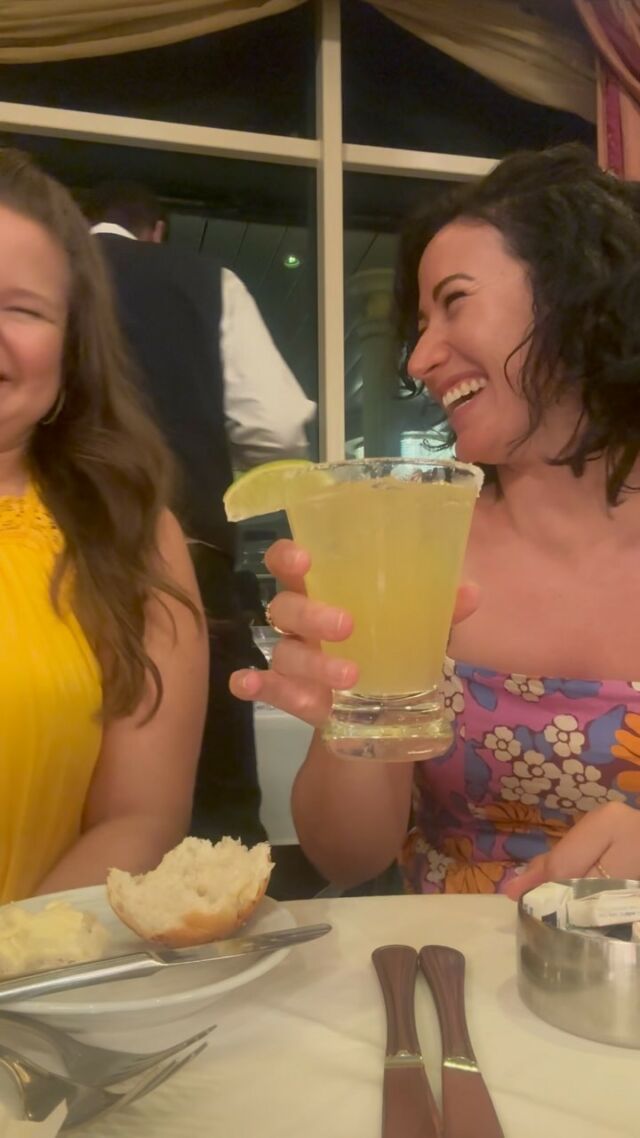



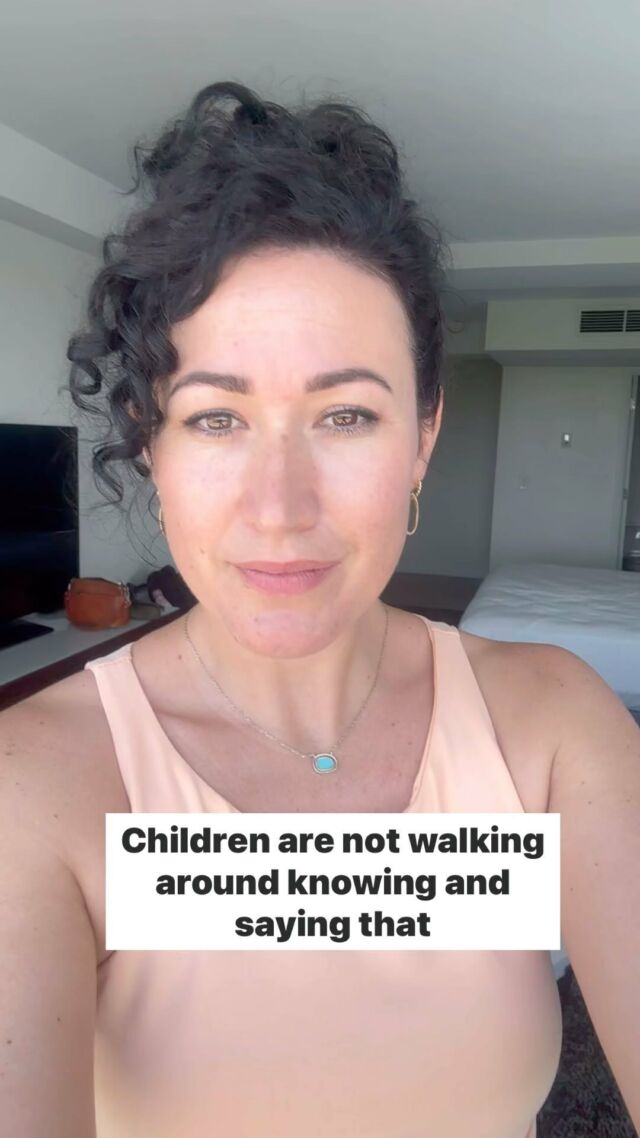

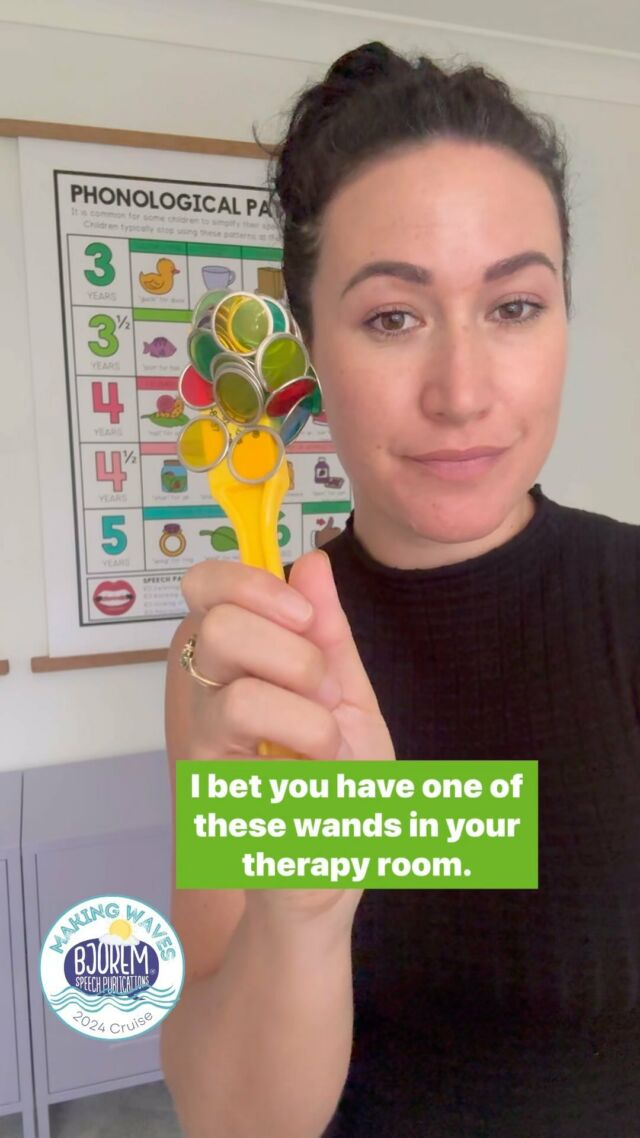
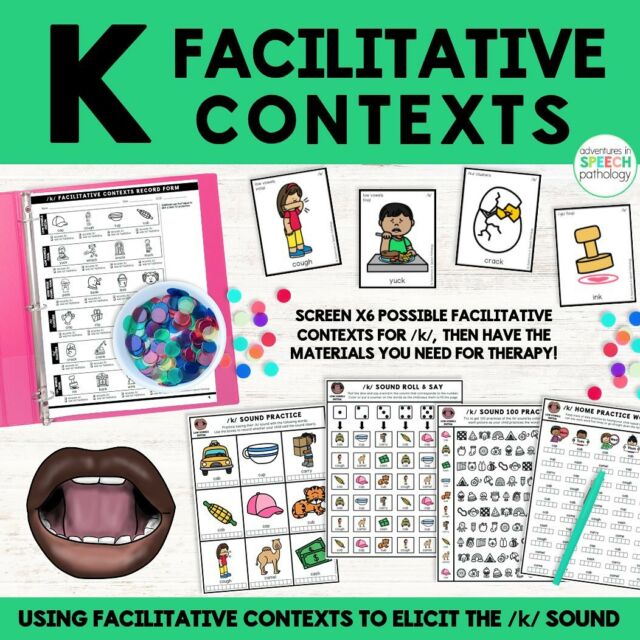


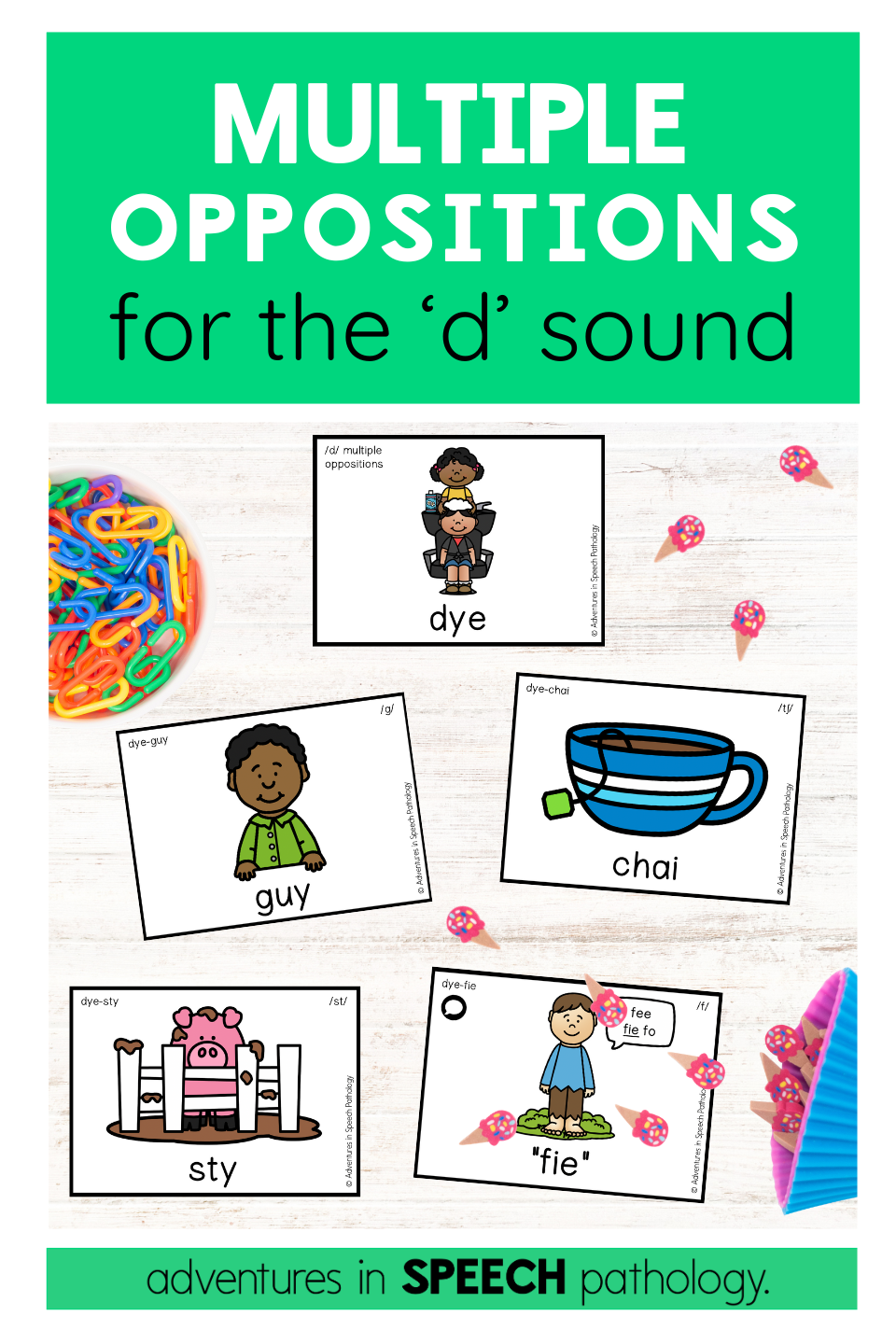



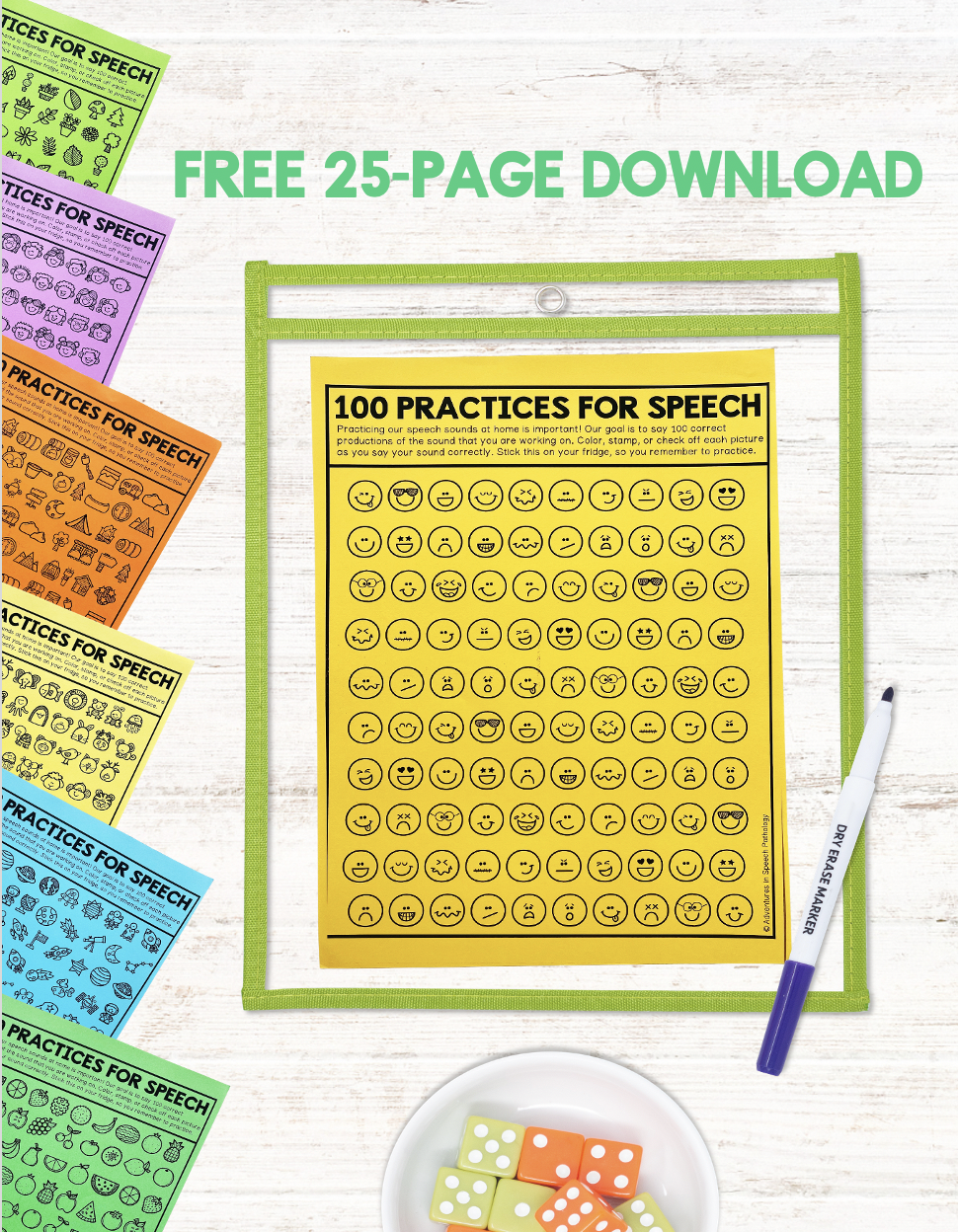
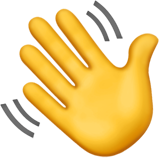
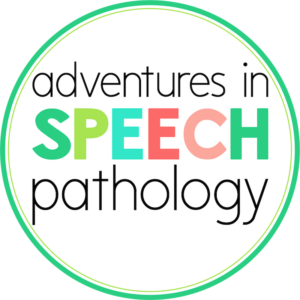
4 Comments
I bought the FCD bundle today on TPT. How do I get access to the BOOM cards with this purchase?
Mary
Hi Mary,
I’m unsure which resource in particular you are referring to – but most resources containing Boom Cards have a full page containing a clickable link that directly puts the cards in your library. Are you able to contact our support team [email protected] so that we can help you further?
Hi! This is super helpful, thank you. Do you have any tips for children who add whole syllable at the end? For example “birduh” instead of “bird”. I’m working with several children who have nailed final fricatives and voiceless stops but we are stuck on the voiceless stops.
I sometimes introduce a “stop” hand signal to indicate when to stop the voice 🙂